Spring rolls , at number 84, are made by wrapping wet rice paper with various ingredients, most commonly pork or shrimp, and rice noodles. However, the "star" of the dish is the fresh green herbs. Spring rolls are dipped in fish sauce or peanut sauce, black bean sauce.
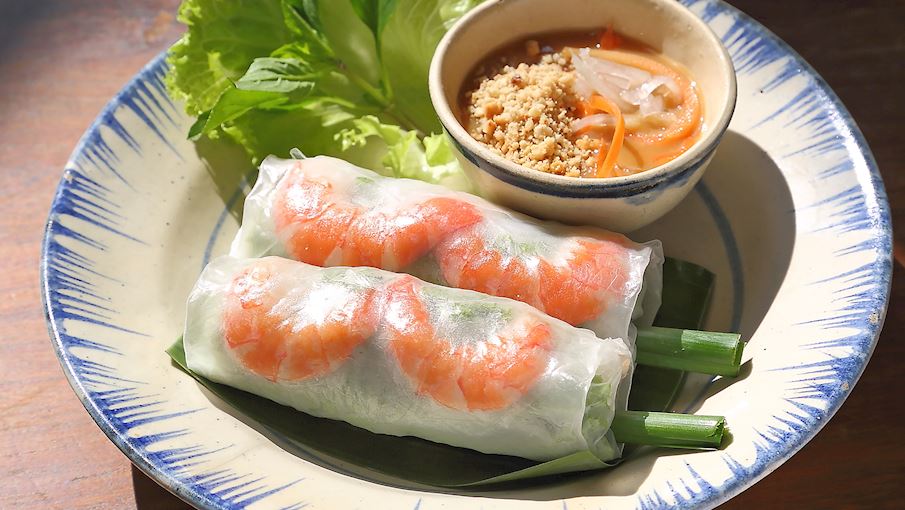
Spring rolls were once listed by CNN as one of the 50 most delicious foods in the world.
Bun bo Hue , number 82, is a traditional breakfast staple, consisting of a broth made from pork and beef bones, rice noodles, lemongrass, shrimp paste, etc. Bun bo is much spicier than most other Vietnamese soups, and the flavor is often described as rich and complex. The dish originated in Hue, but little is known about its exact origins or origin.
Bo ne ( 73) is a dish that represents the richness of Vietnamese cuisine. Marinated meat is cooked in a special cast iron pan with fried eggs and served with herbs, bread, pate and butter. The dish is often eaten for breakfast, along with salad and spices.
Bo bia (71) is said to be influenced by the cuisine of the Teochew Chinese community. However, unlike the original Chinese version, this Vietnamese street snack is prepared with thin rice paper, while the filling includes shredded jicama and carrots, Chinese sausage, thinly sliced omelette, dried shrimp and greens such as basil, lettuce...
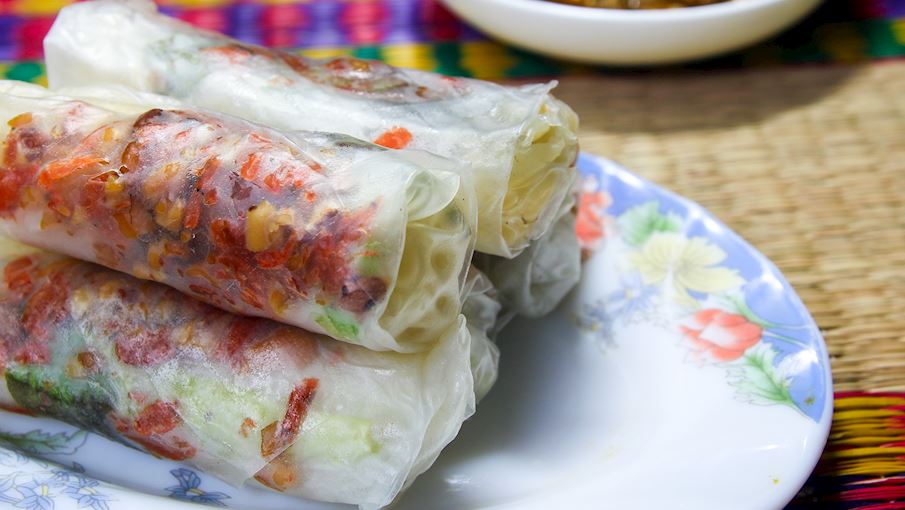
Spring rolls are a rare snack, praised for their unique taste.
The South calls it spring rolls ( 58), the North calls it nem ran, but regardless, they all have the main characteristics of pork and shrimp, wrapped in thin rice paper. Spring rolls are fried and give the dish an eye-catching golden color, a thin, slightly crispy outer layer and a rich filling.
Canh chua ca (47) is characterized by a combination of sweet, spicy and sour flavors. The soup is usually made with tamarind broth and includes ingredients such as pineapple, tomatoes, okra, bean sprouts or other vegetables. The fish used to cook it is also very diverse, from freshwater fish to sea fish.
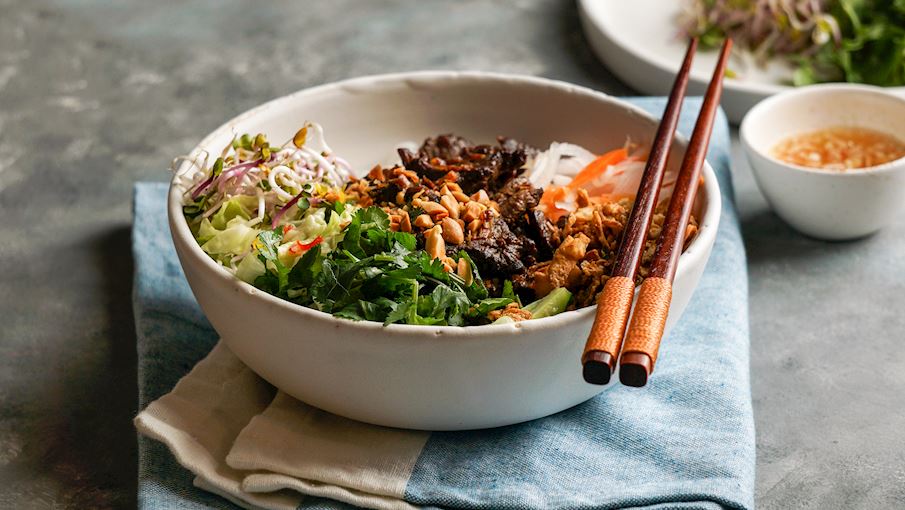
Southern style beef noodle soup
Bun bo Nam bo (46) is a dry dish consisting of rice noodles, beef or pork, herbs, roasted peanuts… Rice noodles and herbs are placed in a bowl, while beef is stir-fried and added on top. The entire bowl of noodles is garnished with peanuts before the dish is served.
Grilled pork vermicelli (43) is a combination of marinated grilled pork, rice noodles, fresh greens and herbs. The ingredients are usually placed in a bowl and then eaten with dipping sauce - a type of fish sauce mixed with lime and sugar.
Bun cha (35) is a pork dish originating from Hanoi. The dish combines three elements: a bowl of grilled meatballs in a cold broth, a plate of rice noodles and a combination of many green vegetables such as perilla, lettuce, coriander and water spinach.
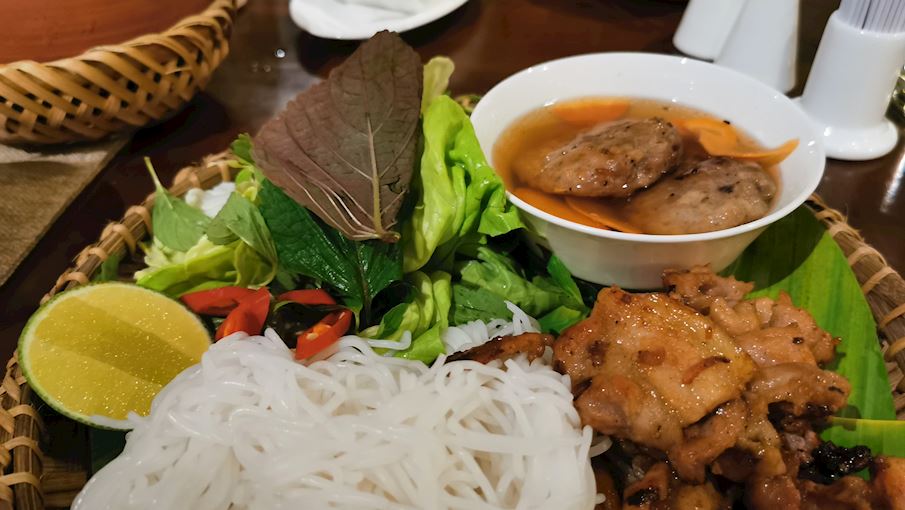
Former US President Barrack Obama once enjoyed bun cha in Hanoi.
Pho (32) is the national dish and one of the most beloved Vietnamese dishes in the Western Hemisphere for its complex, unique flavors and elegant simplicity. Although classified as a soup, pho is served as a main course and the flavors of each bowl are never the same.
Pho versions also appear on the list such as beef pho, rare beef pho.
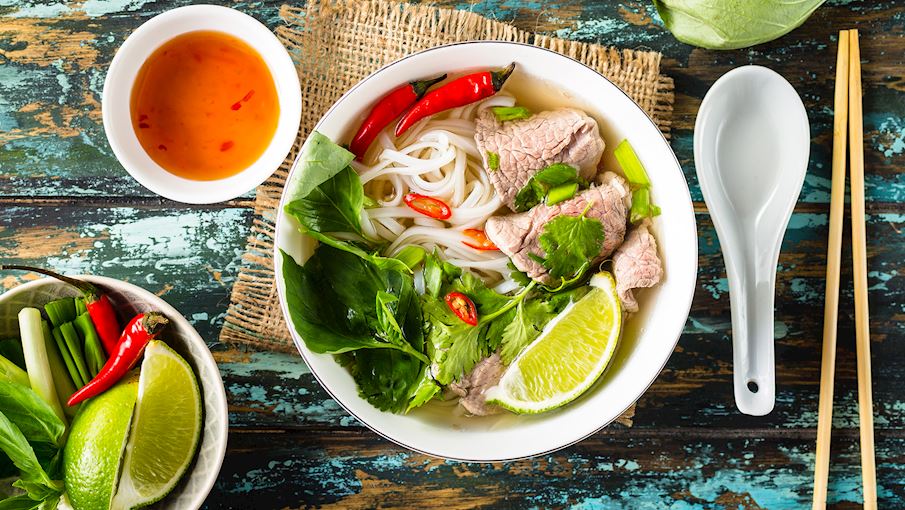
Tourists can find pho anywhere in Vietnam.
Beef dipping vinegar (15) is a version of Vietnamese hot pot traditionally served communal style. In its basic form, the dish consists of a vinegar-based broth that may also include coconut milk or coconut water, lemongrass, onions or other additions, while typical side dishes include thinly sliced raw beef and a variety of fresh vegetables and herbs such as bean sprouts, daikon radish, lettuce, cucumber, mint, basil and perilla leaves.
Broken rice (12) is often sold as street food. It is made from broken and imperfect rice grains that were traditionally discarded after the milling process, but is now a signature dish in Ho Chi Minh City.
Nuoc dipping sauce (11) is a popular Vietnamese sauce, made with lime juice, or vinegar, sugar, water, and fish sauce. Common additions include chili, garlic, green onions, ginger, etc.
Dipping sauces vary by region and the final ingredients may also depend on the type of meal being served. Dipping sauces are often used as a dipping sauce for spring rolls, pancakes, and various meat or seafood dishes.
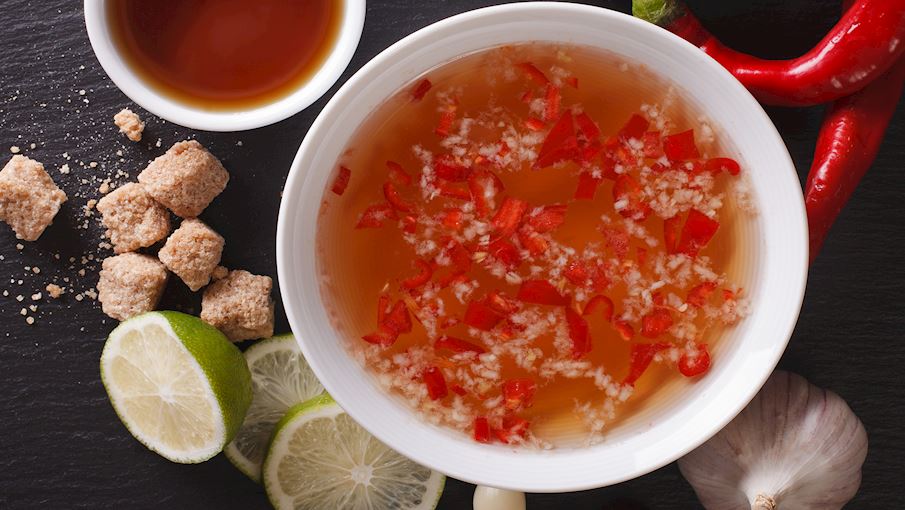
Dipping sauce unexpectedly appeared on the list
Beef stew (10) is a popular Vietnamese beef stew that can be eaten alone or with bread and a variety of herbs. The dish includes ingredients such as large pieces of beef, carrots, lemongrass, cinnamon, chili, pepper, garlic, and shallots, all simmered in a spicy, aromatic broth. In rural areas of Vietnam, beef stew is often much spicier than in urban areas.
Finally, there is the Meatloaf (6) made from various cold cuts such as grilled pork, sliced pork belly, ham, or sausage, along with cucumber, mayonnaise, pickled carrots and white radish, liver pate sandwiched in a bread roll.
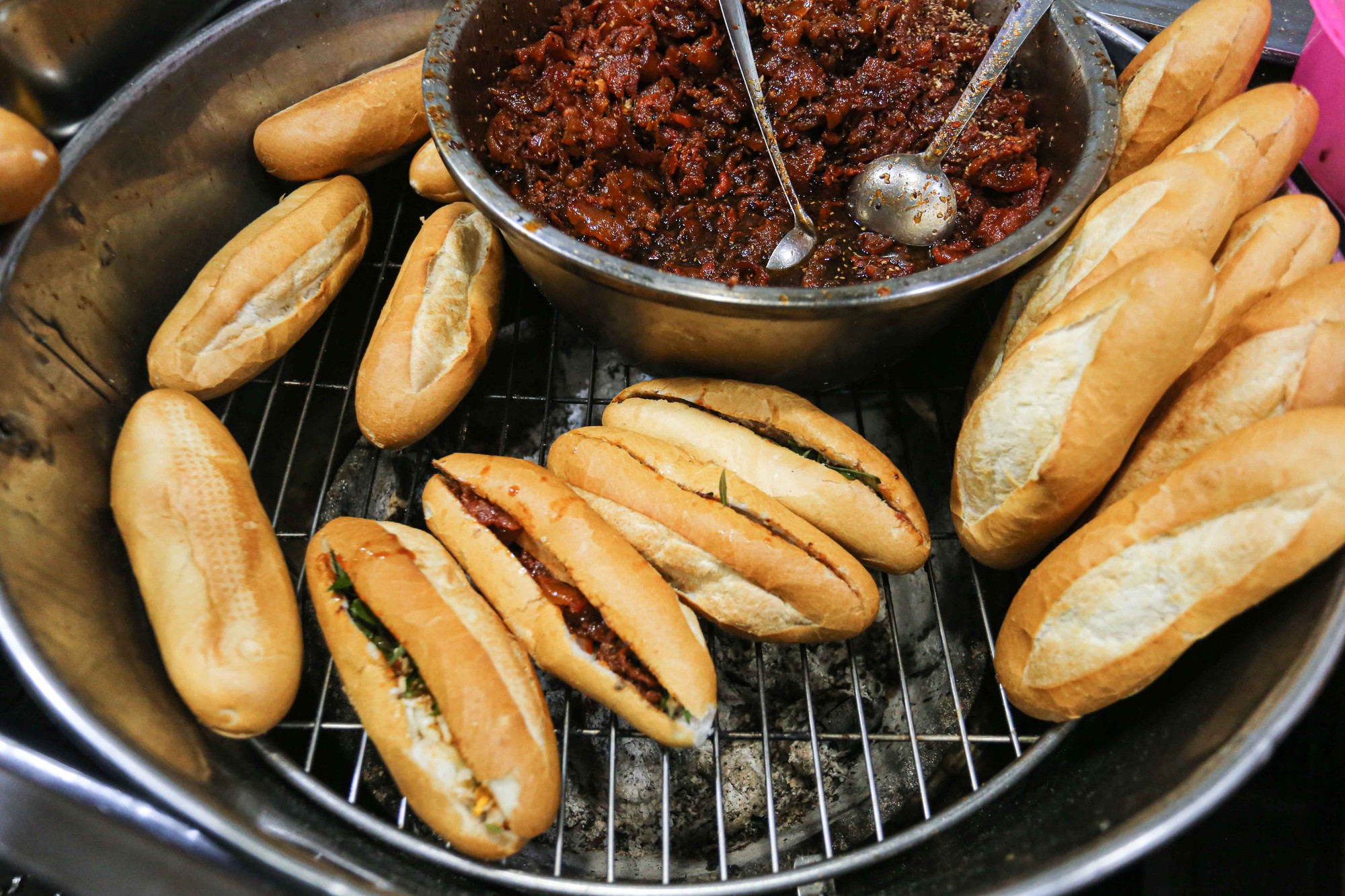
Vietnamese meatloaf has many different versions across the country.
Meatloaf is popular throughout Vietnam and is often enjoyed for breakfast, but it is not a must, you can eat it at any meal of the day.
Source link


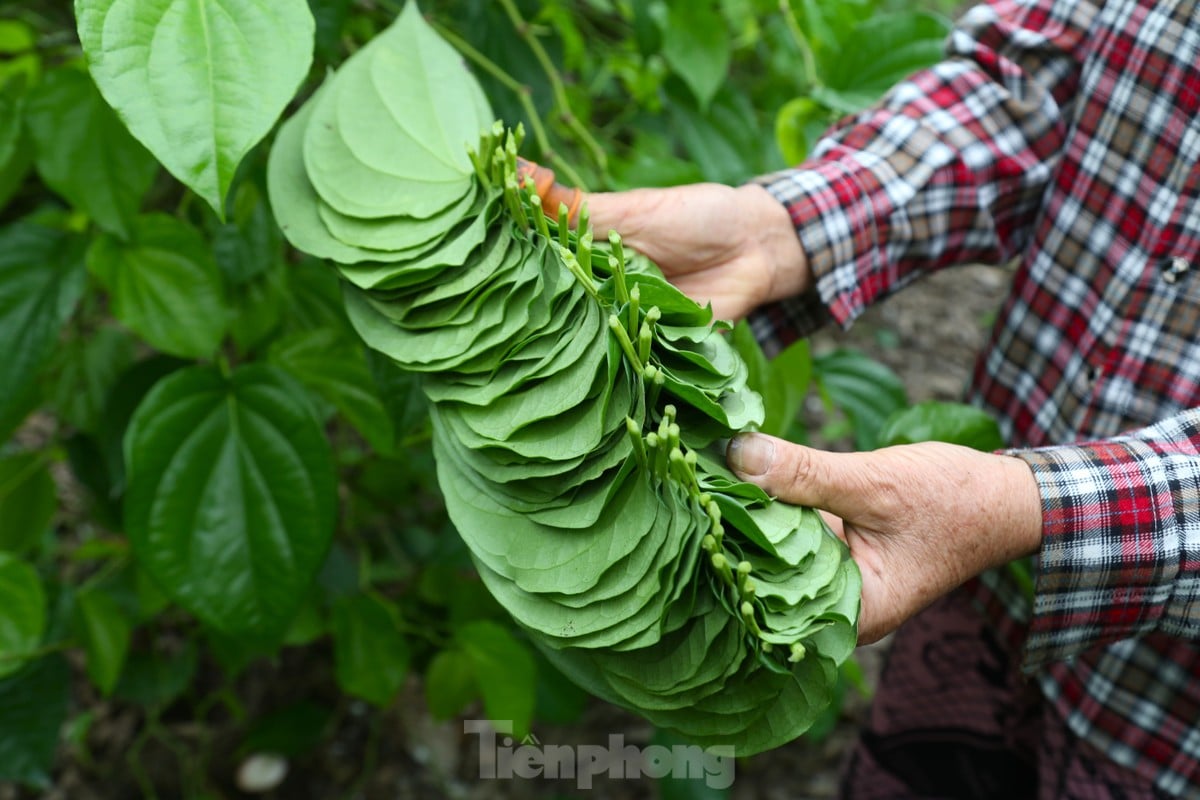

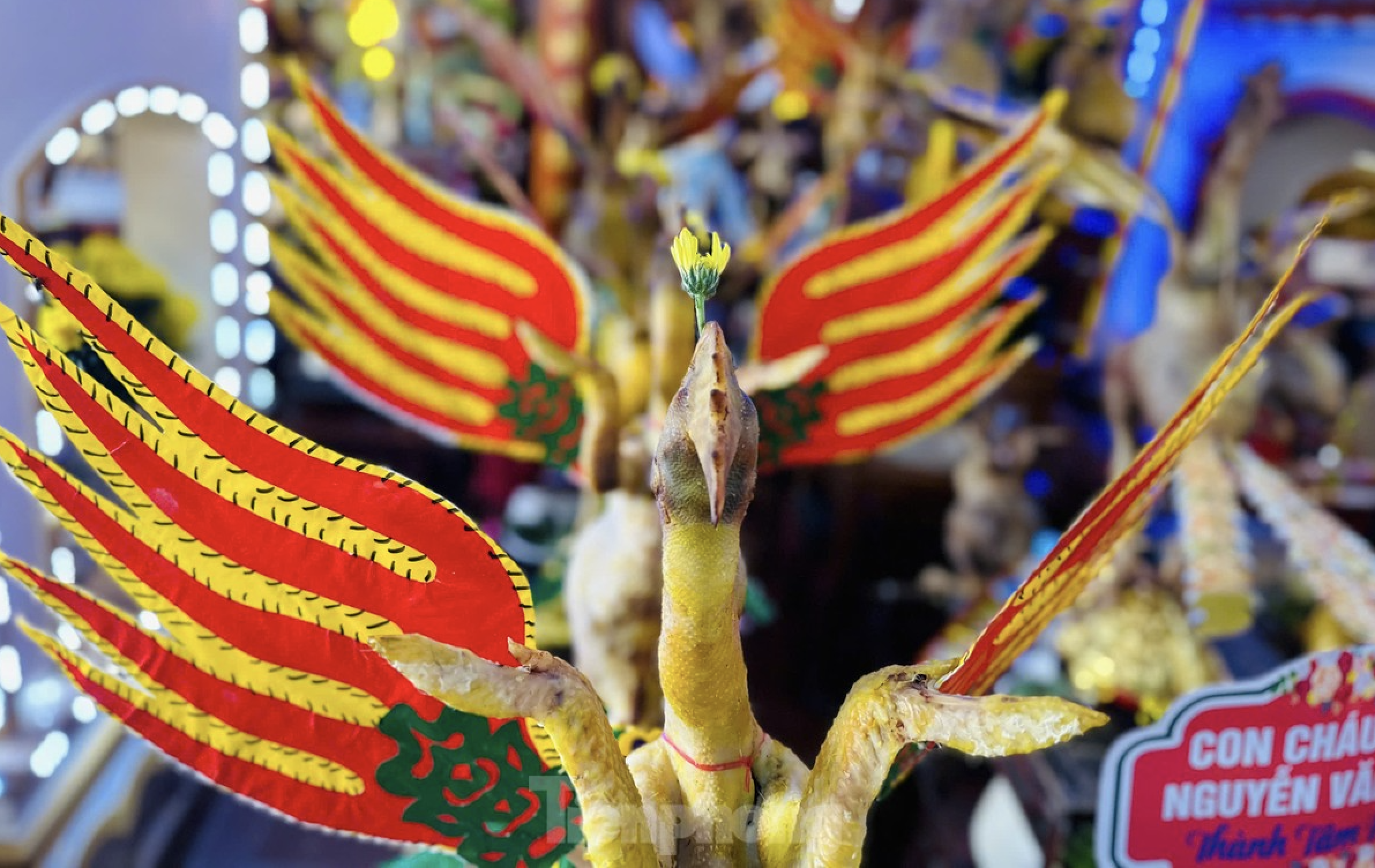



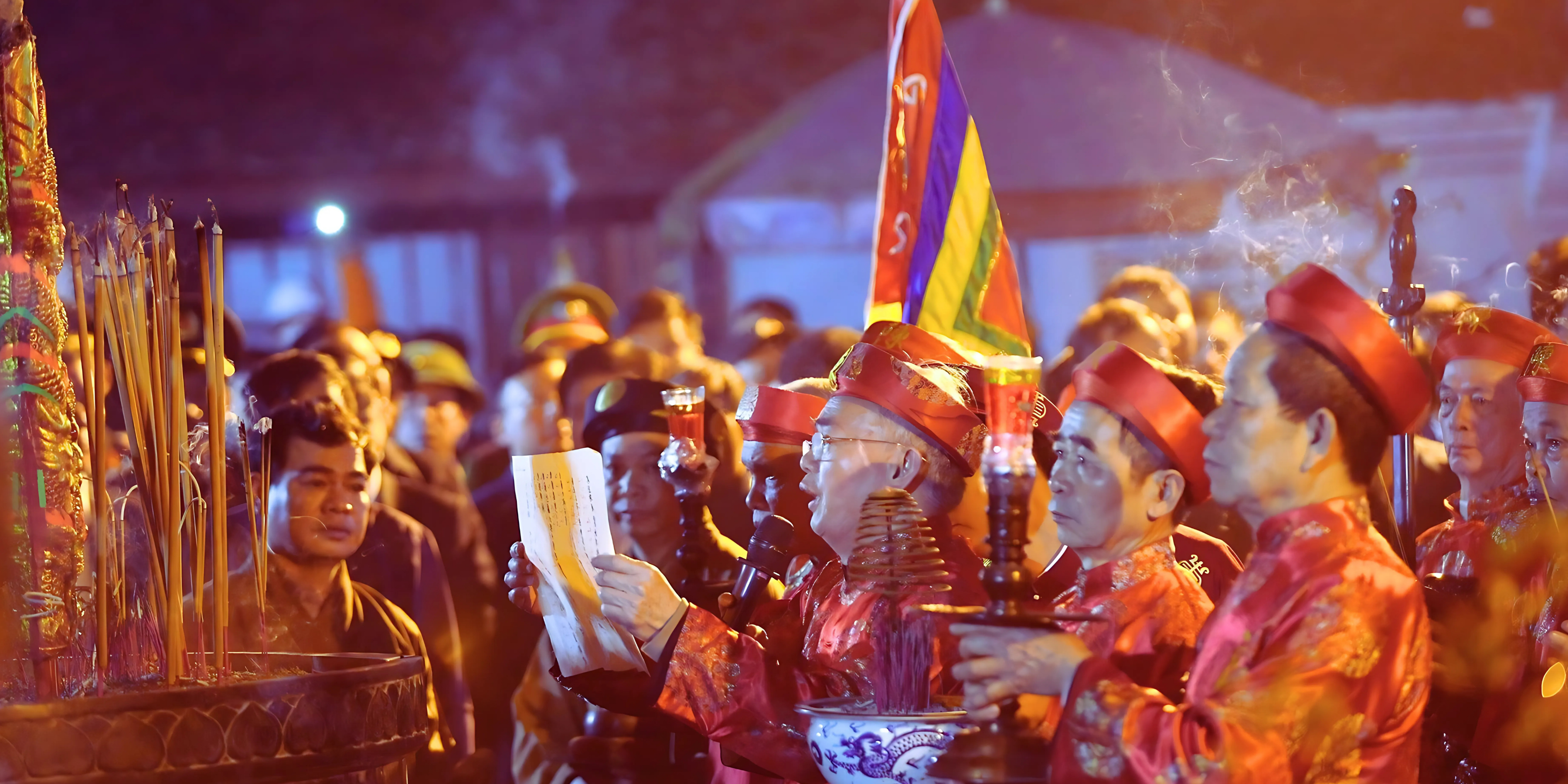


























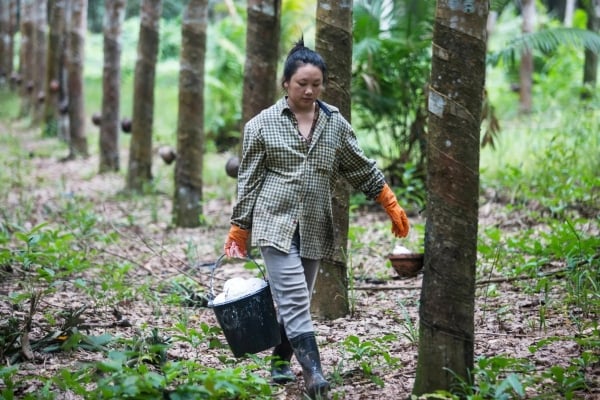




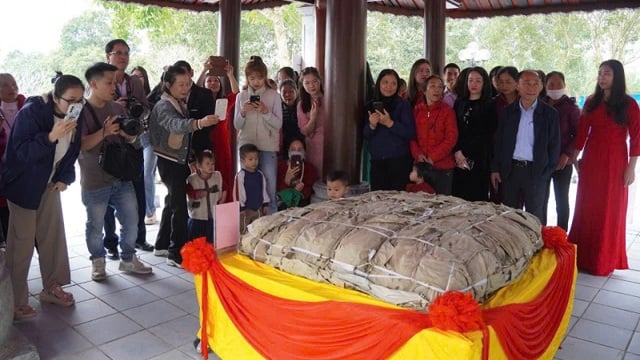

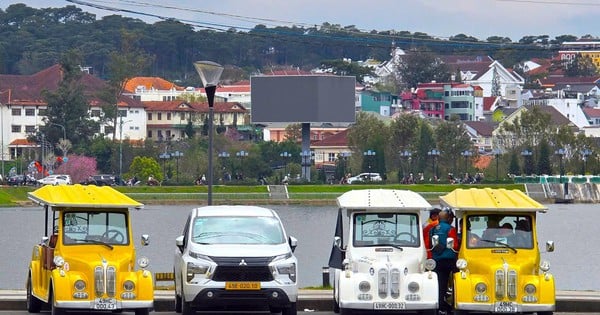

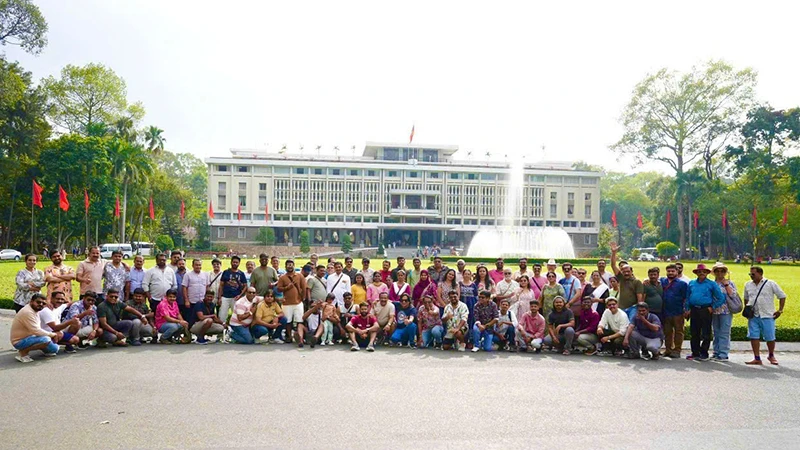

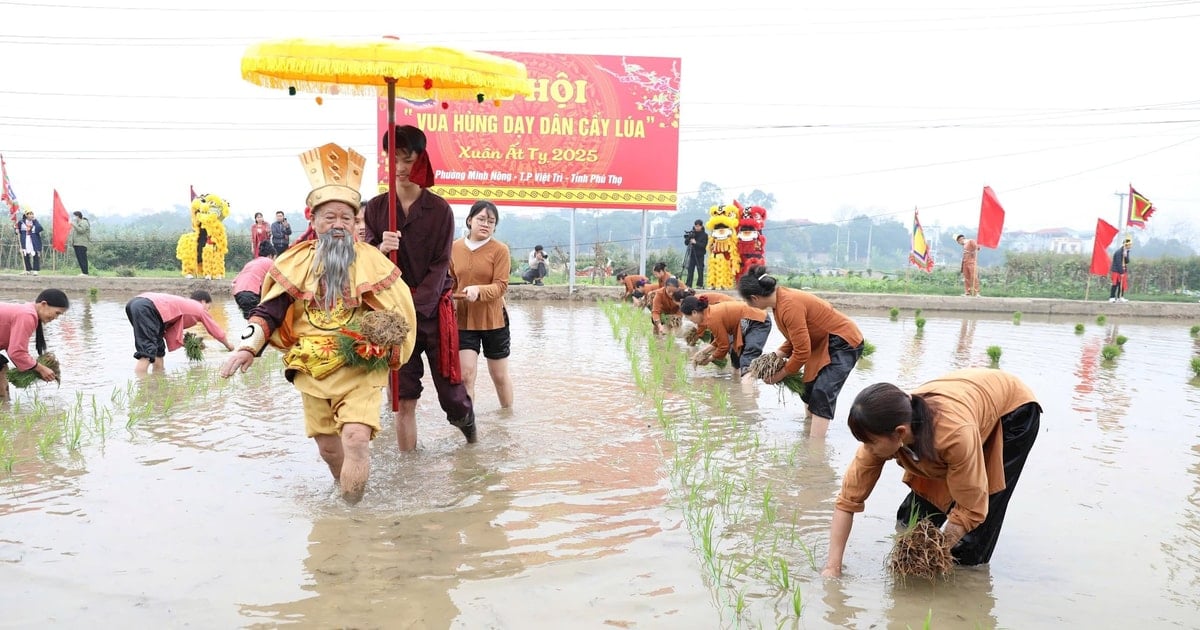

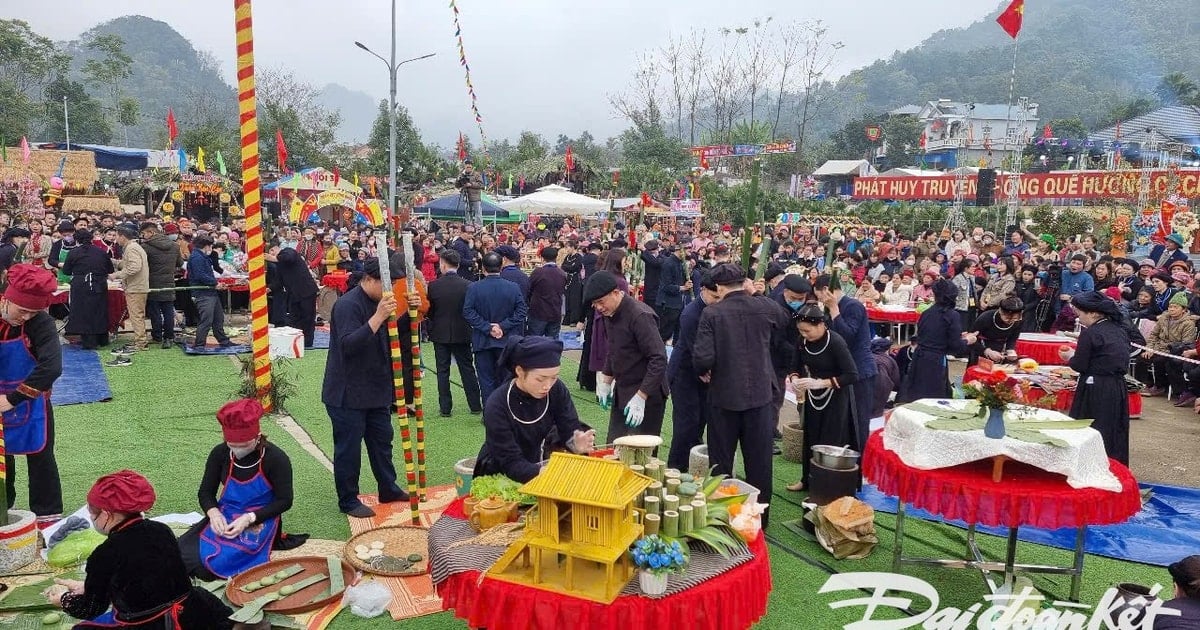



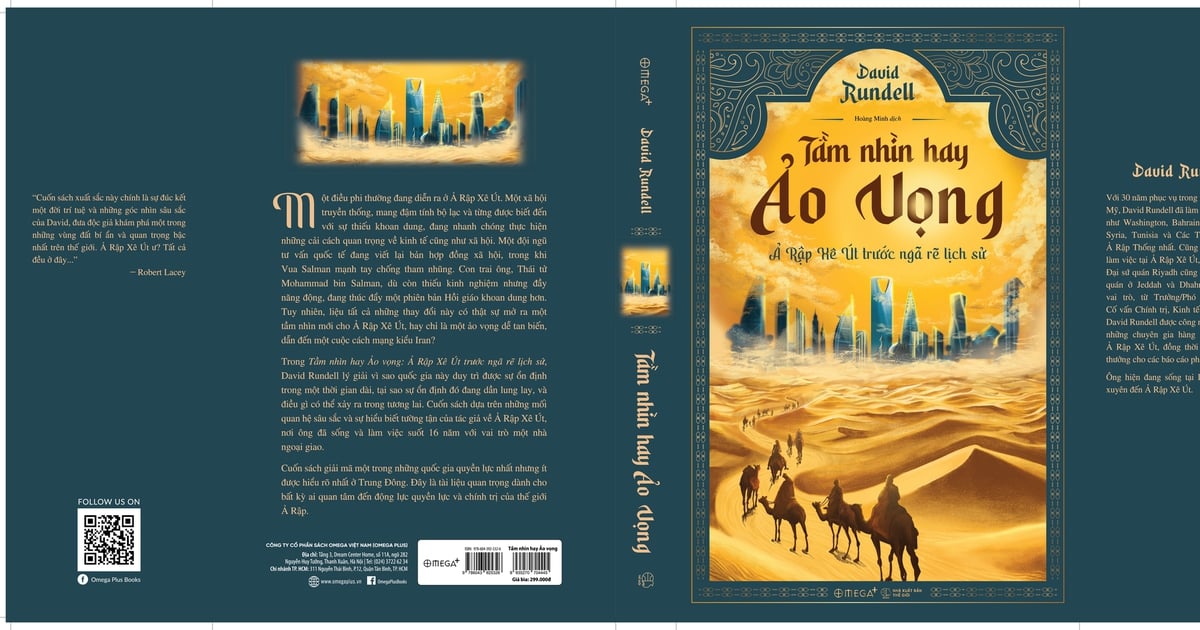










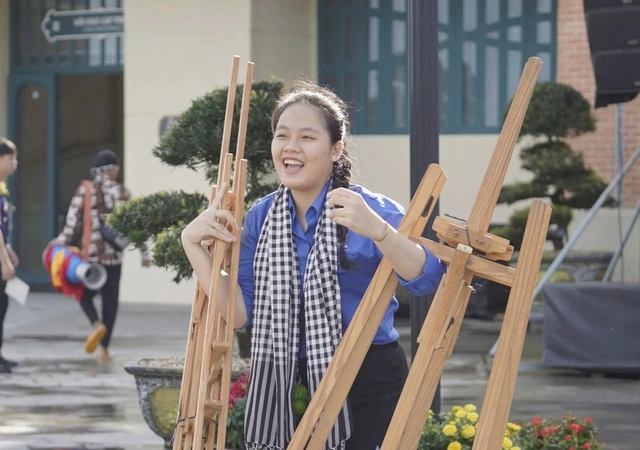




Comment (0)